Video: What are some fat substitutes and fat replacers in food preparation?
(Directly playing the video will automatically display subtitles in your language. If the subtitles are not in your language, you can go to Youtube to use the subtitle function.
If you like my content, you can also subscribe for more.
A while ago I made a video about Olestra, a fat subsititute made by P&G.
However, Olestra is too controversial in terms of Food safety, so it is not common in the marketplace, and it is not recommended to be used.
However, that doesn’t mean we should give up on finding safer, healthier alternatives to fats.
So in this video, we will try to figure out what are some relatively safer fat substitutes or fat replacers! With PAA.
In this article, we’re going to highlight eight fat substitutes, which are healthier options for both your personal recipes and commercial food production. so let’s introduce our first substitute.
1.Carrageenan
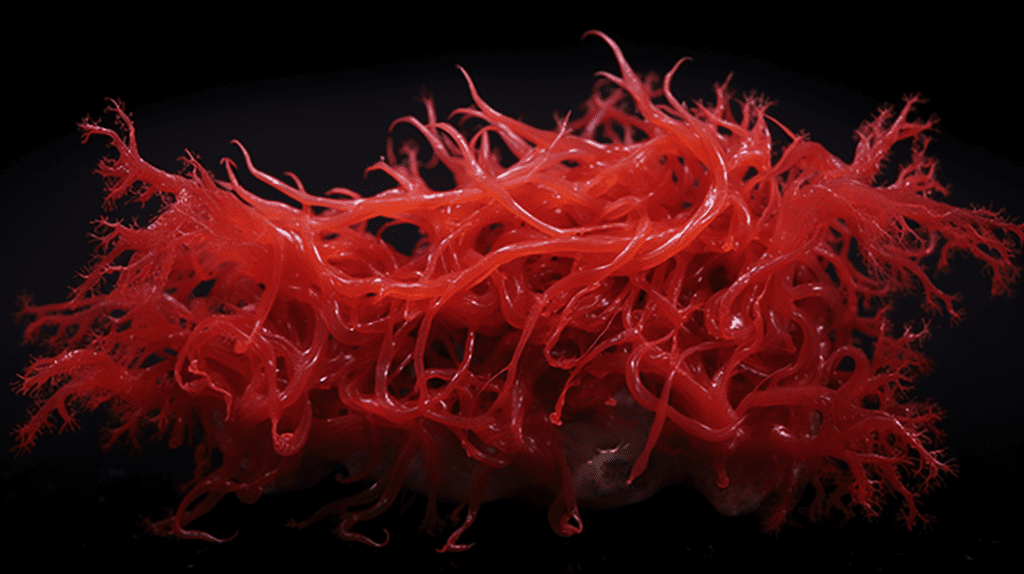
One potential fat replacers with relatively minor side effects is carrageenan. Carrageenan is a polysaccharide derived from seaweed, commonly used as a stabilizer, thickener, or emulsifier in many foods such as ice cream, yogurt, and plant-based milk.
It can give foods a richer, creamier texture that may mimic some of the properties of fat, thus enhancing the perception of foods lower in fat.
For instance, in a study published in the Journal of Food Science and Technology in 2016 titled ”Development and quality assessment of carrageenan incorporated low fat chevon patties” , researchers used 0.3%, 0.6%, and 0.9% carrageenan and 5% vegetable oil to make low-fat chevon patties. The control group of high-fat chevon patties used 10% vegetable oil.
The results found that, in terms of taste and appearance, the low-fat patties with 0.6% carrageenan were just as delicious as the high-fat chevon patties in the control group, and even more so.
2.Applesauce
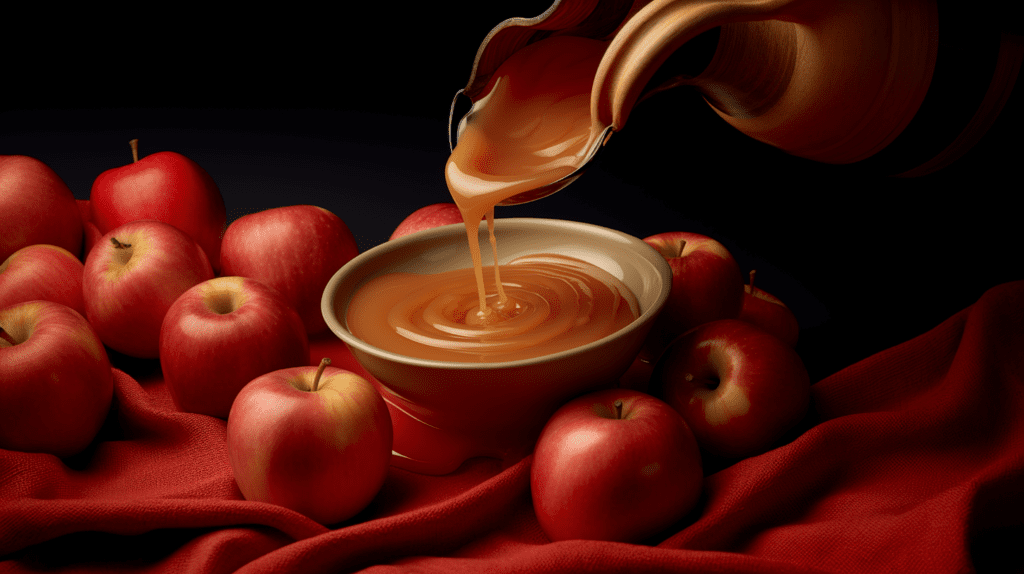
Applesauce can replace fat in many baking recipes due to its moist, semi-solid consistency that mimics some of the physical properties of fats. It contributes moisture to baked goods much like fat does, which can help maintain a pleasing texture in the final product.
For example, In a 2013 study published in the Emirates Journal of Food and Agriculture titled “CONSUMER ACCEPTABILITY OF CHOCOLATE CHIP COOKIES USING APPLESAUCE AS A FAT(BUTTER) SUBSTITUTE”, researchers looked at how well people liked chocolate chip cookies where some or all of the butter was replaced with applesauce.
They made three types of cookies: the normal recipe, one where half the butter was replaced, and one where all the butter was replaced. People rated these cookies on things like how they looked, tasted, and felt.
The cookies with half the butter replaced were liked just as much as the normal ones, but people didn’t like the ones with all the butter replaced as much. This means that applesauce could be a good way to make healthier baked goods by reducing the amount of fat.
3.Inulin
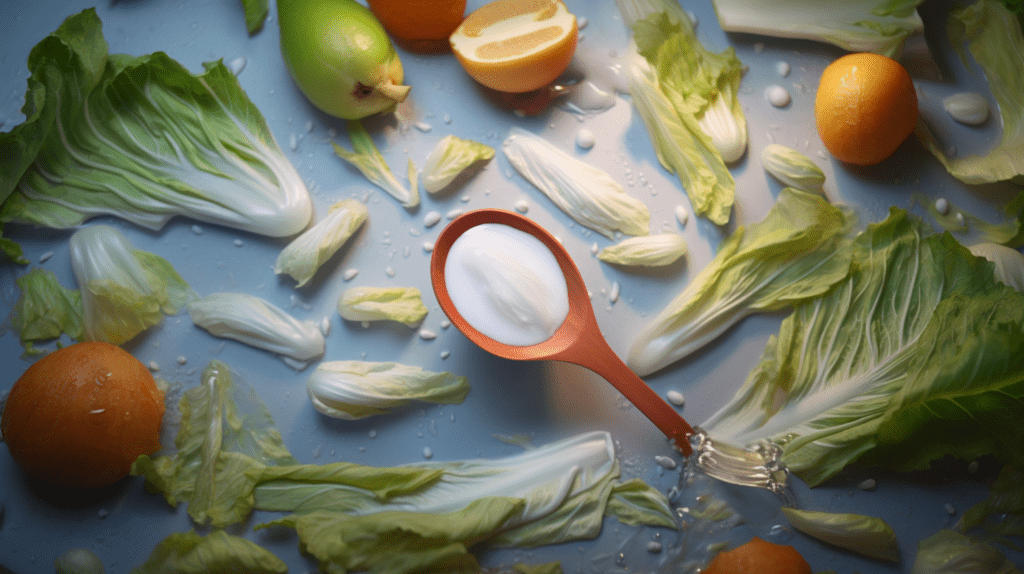
Inulin, a dietary fiber, is used as a fat replacement due to its creamy texture, which mimics the mouthfeel of fat. This helps maintain the texture of food products when reducing fat content. Moreover, it’s lower in calories than fat, allowing for a decrease in the overall calorie count of the product. Additionally, inulin has prebiotic properties that can support gut health. Therefore, substituting fat with inulin can create a healthier product without compromising on the sensory attributes.
For example, a 2013 study published in Meat Science titled “Dry-fermented chicken sausage produced with inulin and corn oil: Physicochemical, microbiological, and textural characteristics and acceptability during storage”. In this study, 50 percent of the corn oil typically used in sausage production was substituted with inulin. This change resulted in firmer and chewier sausages. While this altered texture was notable, it did not seem to affect the sausage’s overall acceptance by consumers.
Reducing the oil content also resulted in a slightly darker and redder sausage color, but without significantly changing the sausage’s physical or chemical properties or its taste appeal. Even when stored in a refrigerator for 45 days, the quality of the inulin-added, lower-oil sausages remained good.
The study suggested that the use of inulin in food production, especially in sausage making, could have potential health benefits. Inulin is a prebiotic that aids in gut health and calcium absorption. Therefore, the use of inulin not only offers a way to decrease the fat content in food but also enhances its nutritional profile.
4.Gelatin (specifically Ultra-high pressure-assisted preparation of cowhide gelatin)
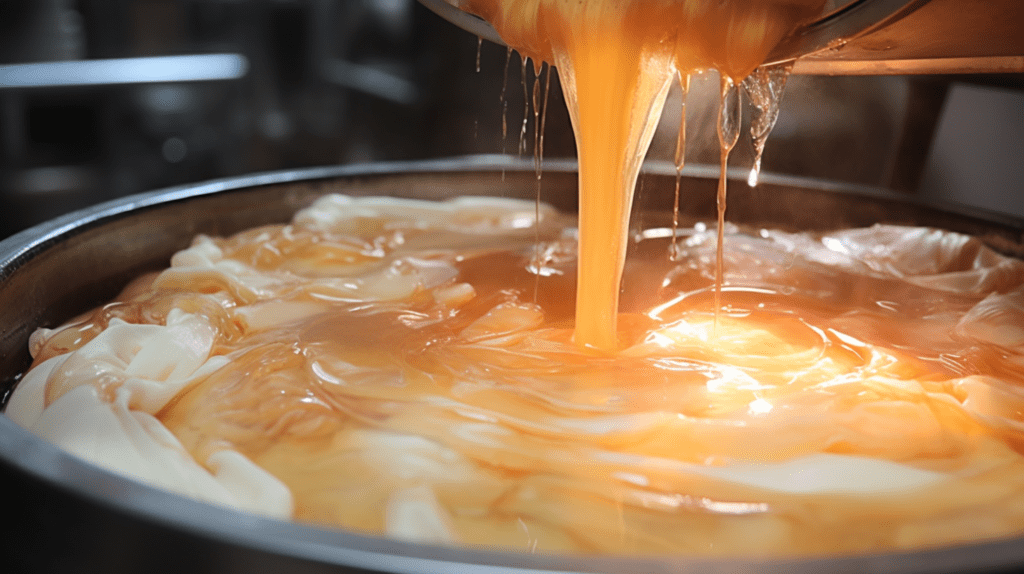
Gelatin, derived from collagen, is used as a fat substitute due to its ability to gel and bind water, which can mimic the texture of fat in food products. It helps retain moisture, improving the mouthfeel and enhancing the perception of creaminess, similar to fats.
In a study published in Food Research International in 2022 titled”Ultra-high pressure-assisted preparation of cowhide gelatin as a promising fat substitute: Improve the nutrition ratio and antioxidant capacity of beef patties”, researchers used UHP-assisted cowhide gelatin to replace different proportions of beef fat (0%, 25%, 50%, 75%, 100%) to make low-fat beef patties.
The results showed that replacing beef fat with cowhide gelatin had no significant effect on the appearance and tenderness of beef patties, and the flavor of the beef fat group replaced with 50% gelatin was not significantly different from that of the control group.
The study suggested partially replacing fat with gelatin offers the advantages of maintaining the sensory attributes of food, while potentially lowering caloric content and enhancing nutritional value.
5.Mung bean paste
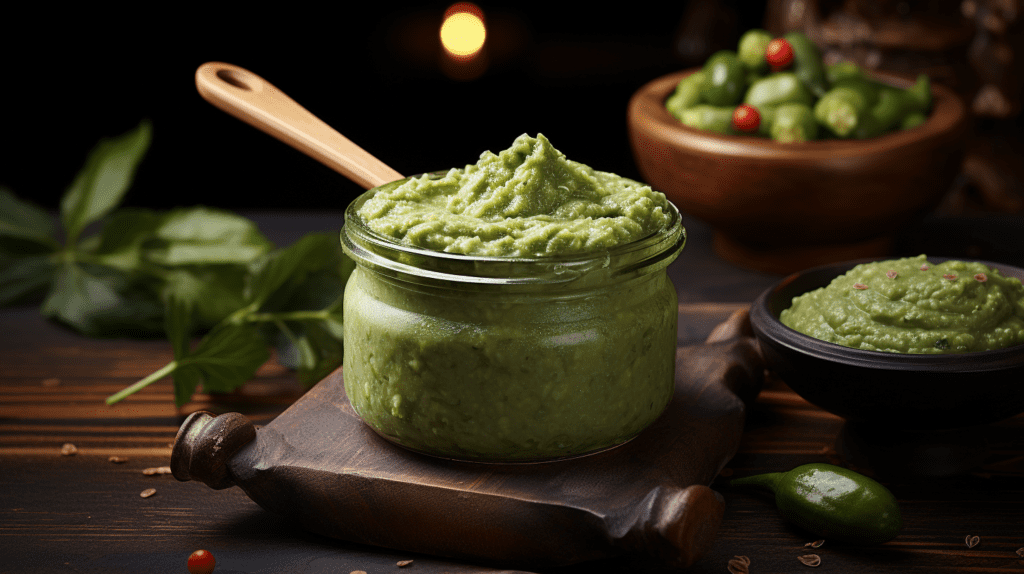
Mung bean paste, made from cooked and pureed mung beans, is often used as a fat substitute because of its creamy texture, similar to fats in many food products. It can help maintain the smooth and rich mouthfeel that fat would typically provide. It’s also a healthier alternative as it’s low in fat and calories, but high in fiber and protein, supporting overall nutrient content.
A study published in Journal of the American Dietetic Association in 2001 titled”Acceptability of peanut butter cookies prepared using mungbean paste as a fat ingredient substitute”aimed to test if mungbean paste can be used as a replacement for butter in peanut butter cookies, to achieve similar taste and texture. It is part of a larger initiative to find ways to reduce fat intake, as recommended by the Dietary Guidelines for Americans.
In the research, mungbean paste was used to replace 25%, 50%, 75%, and 100% of the butter in peanut butter cookies. Cookie quality was then assessed using several techniques. These included the cookie spread technique (which measures the cookie’s size) and taste testing by semi-trained and consumer sensory panels.
Overall, the study found that mungbean paste could successfully replace up to 25% of butter in peanut butter cookies without a significant difference in taste or texture. However, at 50% replacement, consumers could tell a difference. So, while mungbeans hold promise as partial butter substitutes, more research is needed to further refine this process.
6.Cellulose
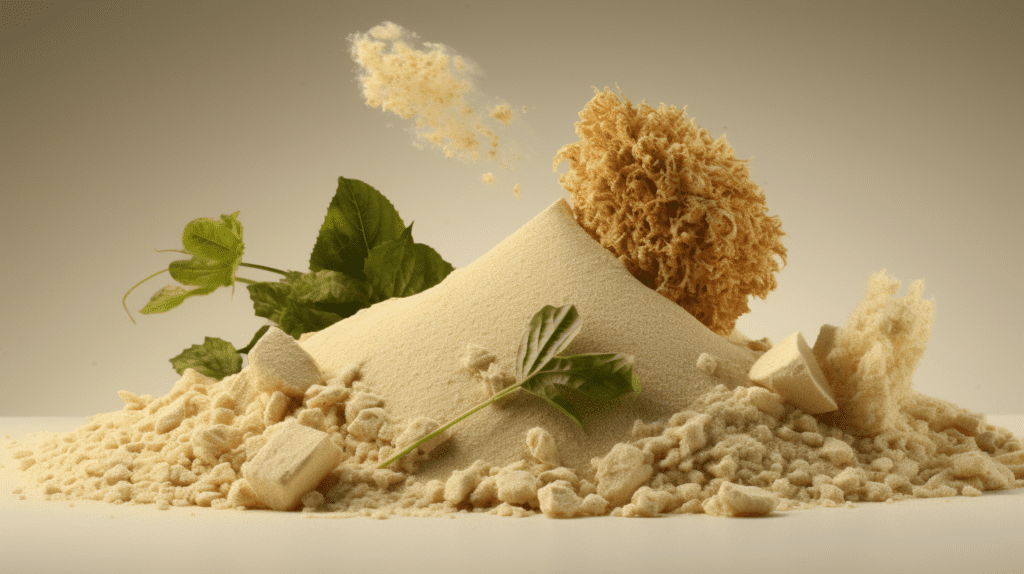
Cellulose, a plant-based fiber, can replace fats in foods due to its unique properties. It’s low-calorie, non-digestible, and can emulate the mouthfeel and texture of fat. Cellulose absorbs water to create a creaminess similar to fat, without the high calories and unhealthy effects of excessive fat consumption.
In a 2013 research titled” Sunflower Oil–Water–Cellulose Ether Emulsions as Trans-Fatty Acid-Free Fat Replacers in Biscuits: Texture and Acceptability Study”, the researchers comparing the dough and biscuit made with cellulose emulsion to those made with shortening.
The cellulose emulsion dough was found to be softer and more elastic, with the finished biscuits having higher spreadability. The texture of these biscuits was very similar to those made with shortening, despite having 33% less fat. This similarity was attributed to the thermal gelation ability of the cellulose ethers during baking.
In terms of consumer acceptance, there was a slight preference for the shortening biscuits, but the difference was very small, suggesting that the cellulose emulsion biscuits were almost as acceptable to consumers.
7.Guar gum
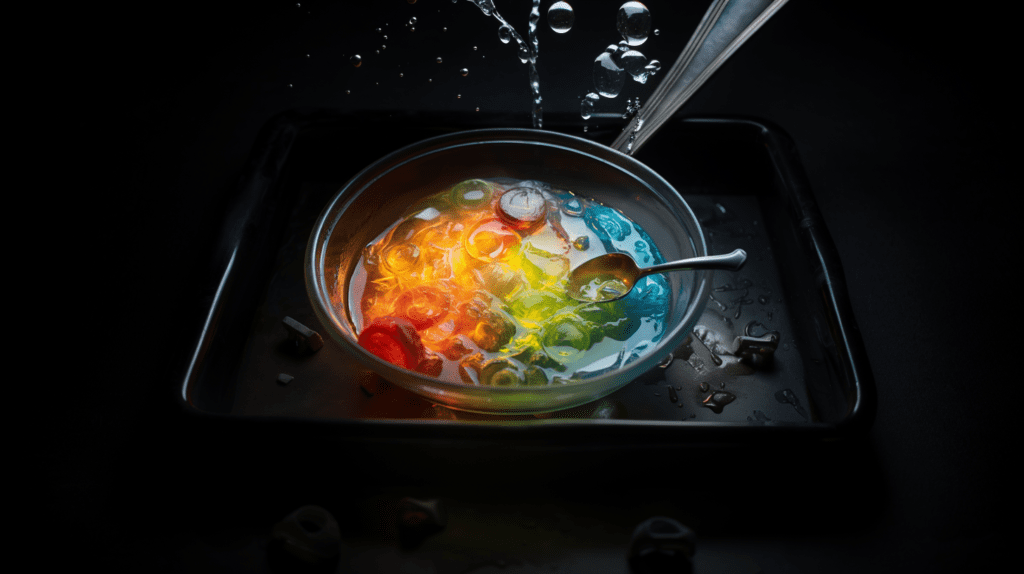
Guar gum is an effective fat substitute due to its thickening and stabilizing properties. When added to food, it can absorb water to form a gel, which mimics the creamy texture of fat.
In a study published in Journal Small Ruminant Research in 2016 titled “Effects of guar gum as fat replacer on some quality parameters of mutton goshtaba, a traditional Indian meat product”, researchers were looking at how changing the fat content and adding guar gum to mutton goshtaba, a traditional Indian meat dish, would affect its quality. They reduced the fat from 20% to 10% and added different amounts of guar gum powder, up to 1.5%.
They found that reducing the fat and adding guar gum made the dish higher in protein and moisture but lower in fat. It also lightened the color a bit. The lower fat versions had less damage to the lipids (fats) and muscle proteins. They were also less hard, gummy, and chewy but more springy.
In taste tests, people noticed the lower fat versions were less firm and flavorful but juicier. But when they added 0.5% guar gum to the low fat version, people liked it just as much as the high fat version.
8.Xanthan gum
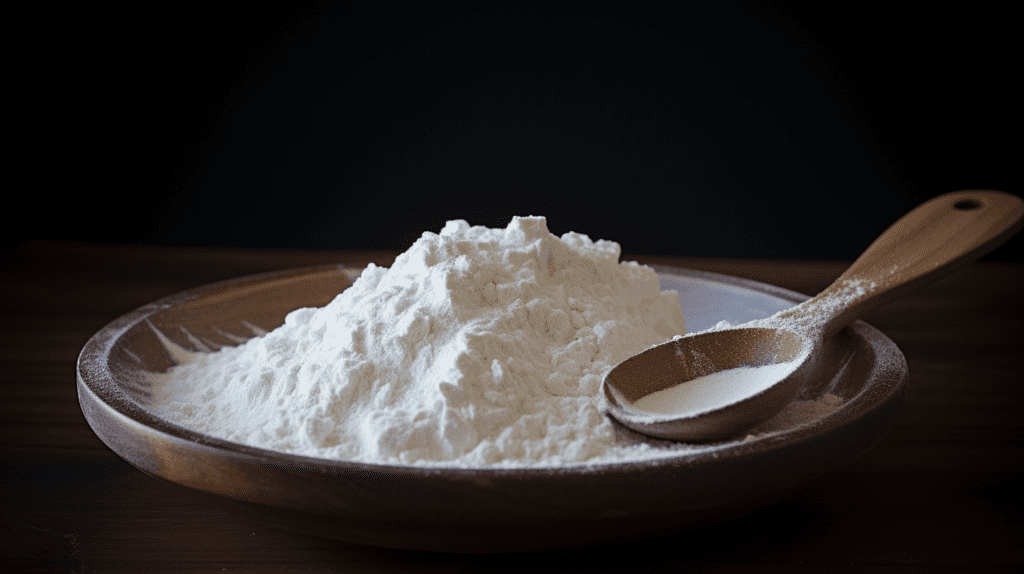
Xanthan gum, a polysaccharide derived from bacterial fermentation, is used as a fat substitute due to its unique hydrocolloid properties. It can absorb water and form a thick, gel-like consistency that replicates the texture and mouthfeel of fat in food products. This gel formation aids in moisture retention, mimicking the creaminess typically provided by fats. Furthermore, it helps stabilize emulsions, similar to the role fats play in certain food systems.
In a study published in International Journal of food science & technology in 2004 titled “The use of guar and xanthan gums in the production of ‘light’low fat cakes.”, researchers tried to make cakes healthier by replacing some of the fat with either guar gum or xanthan gum. They made cakes with 25% and 50% less fat and added these gums instead.
They checked the cakes’ density, volume, moisture, and internal structure. They also measured how much water the cakes held and how firm and elastic they were.
They found out that even after 15 days, the cakes with 50% less fat (and added gums) were just as firm and elastic as regular cakes. So, replacing half the fat with gums can still result in light, low-fat cakes.
In a taste test, people liked the cakes made with xanthan gum more, both in terms of overall taste and texture. This suggests that xanthan gum might be a better choice for making low-fat cakes.
So If you made it to the end of the video, chances are that you enjoy learning what people also ask on Google. But let’s face it, reading PAA yourself will be a pain. So here’s the deal, I will do the reading for you and upload a video compiling some fun PAAs once a week, all you have to do is to hit the subscribe button and the bell icon so you won’t miss any PAA report that I compile. So just do it right now. Bye!
References:
- Zambrano, F., Despinoy, P., Ormenese, R. C. S. C., & Faria, E. V. (2004). The use of guar and xanthan gums in the production of ‘light’low fat cakes. International journal of food science & technology, 39(9), 959-966.
- Rather, S. A., Masoodi, F. A., Akhter, R., Gani, A., Wani, S. M., & Malik, A. H. (2016). Effects of guar gum as fat replacer on some quality parameters of mutton goshtaba, a traditional Indian meat product. Small Ruminant Research, 137, 169-176.
- Tarancón, P., Salvador, A., & Sanz, T. (2013). Sunflower oil–water–cellulose ether emulsions as trans-fatty acid-free fat replacers in biscuits: texture and acceptability study. Food and Bioprocess Technology, 6, 2389-2398.
- Gao, Y., Qiu, Y., Nan, H., Wang, L., Yang, D., Zhang, L., & Yu, Q. (2022). Ultra-high pressure-assisted preparation of cowhide gelatin as a promising fat substitute: Improve the nutrition ratio and antioxidant capacity of beef patties. Food Research International, 157, 111260.
- Menegas, L. Z., Pimentel, T. C., Garcia, S., & Prudencio, S. H. (2013). Dry-fermented chicken sausage produced with inulin and corn oil: Physicochemical, microbiological, and textural characteristics and acceptability during storage. Meat Science, 93(3), 501-506.
- Hayek, S. A., & Ibrahim, S. A. (2013). Consumer acceptability of chocolate chip cookies using applesauce as a fat (butter) substitute. Emirates Journal of Food and Agriculture, 159-168.
- Nayak, N. K., & Pathak, V. (2016). Development and quality assessment of carrageenan incorporated low fat chevon patties. Journal of food science and technology, 53(9), 3477-3484.
- Adair, M., Knight, S. U. E., & Gates, G. (2001). Acceptability of peanut butter cookies prepared using mungbean paste as a fat ingredient substitute. Journal of the American Dietetic Association, 101(4), 467-467.
